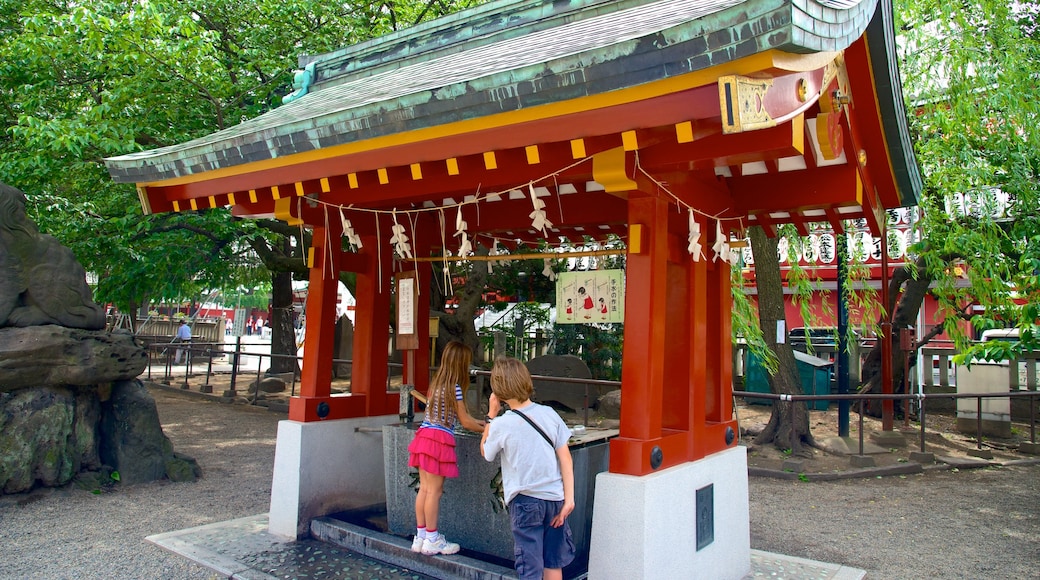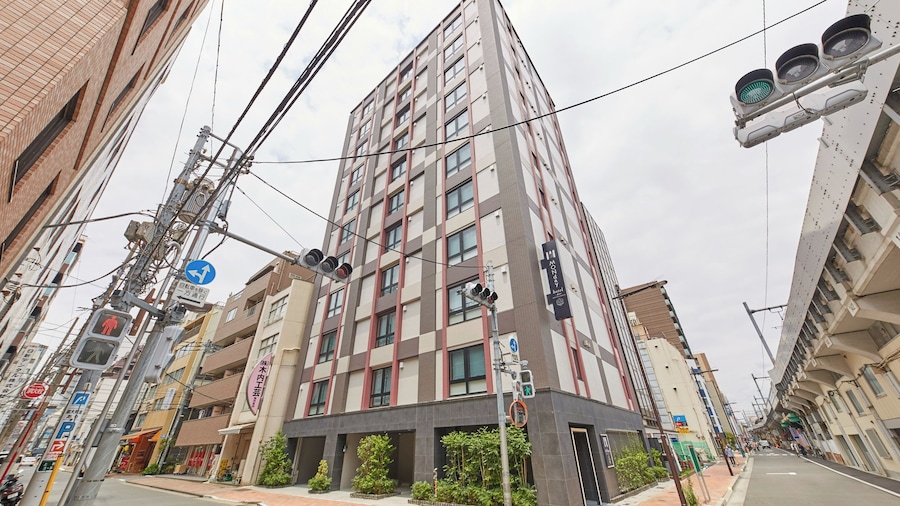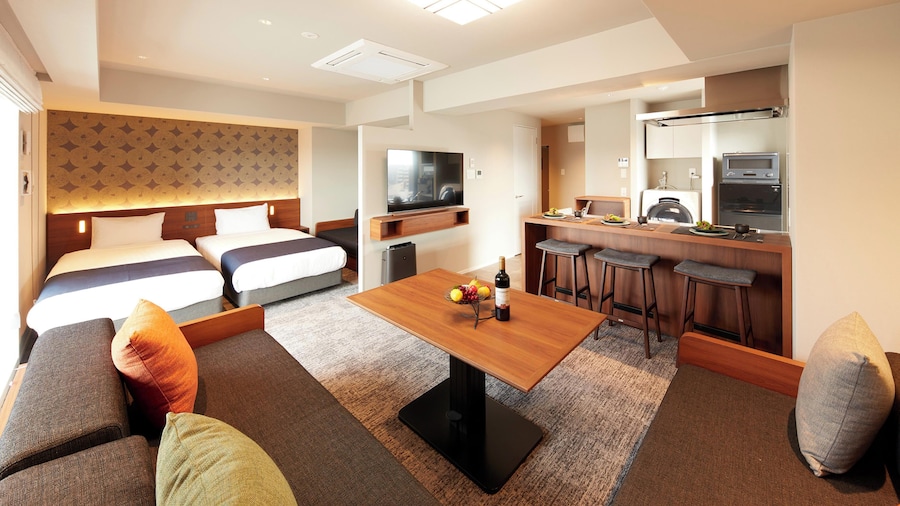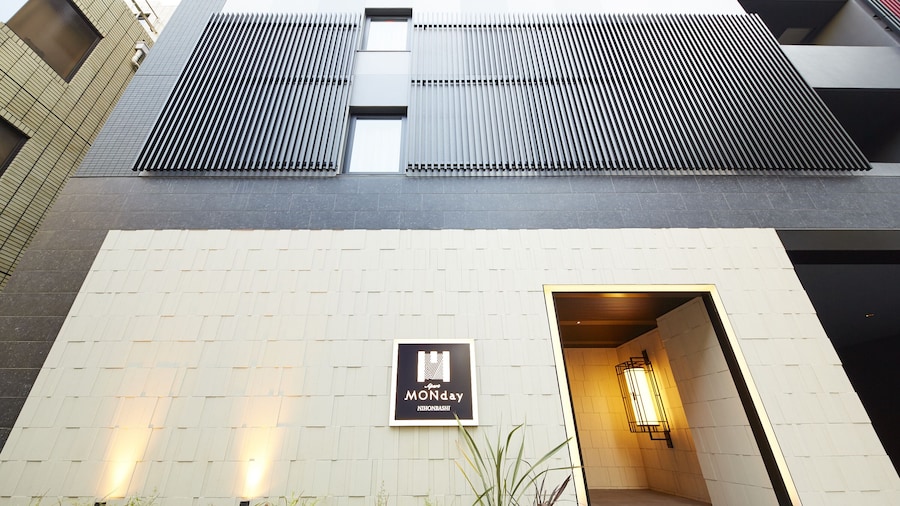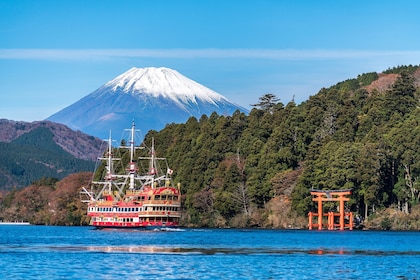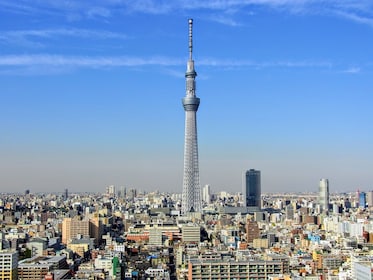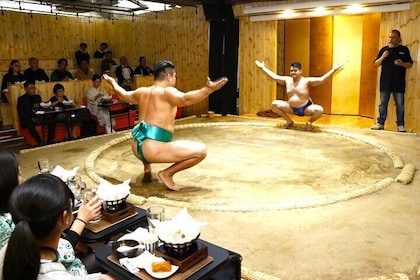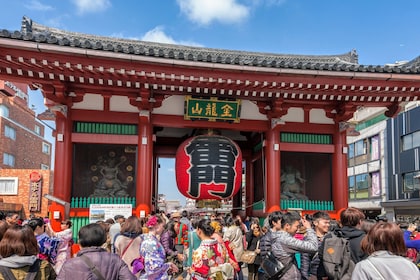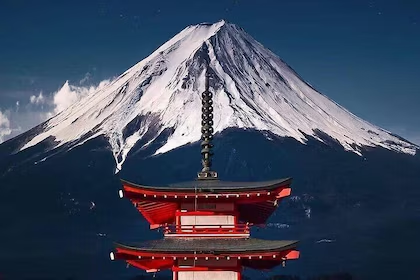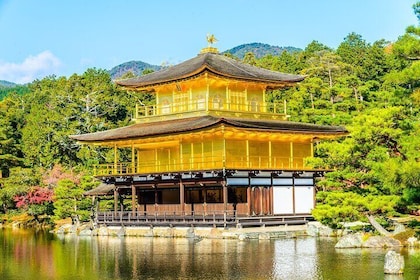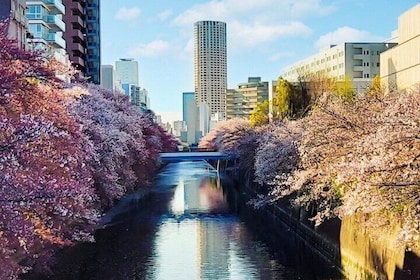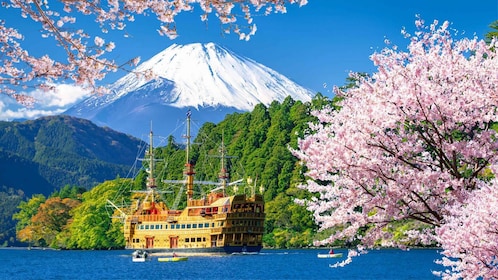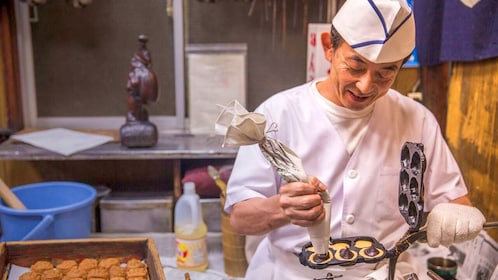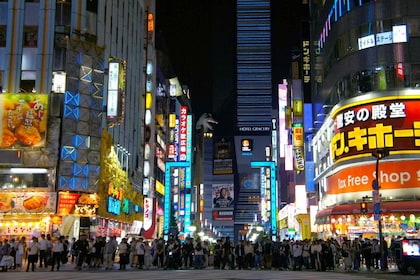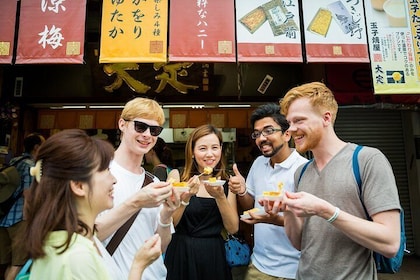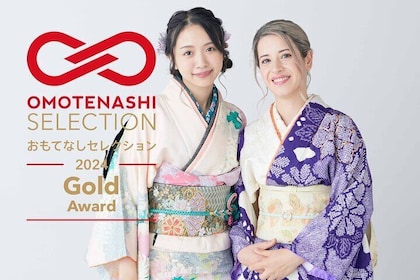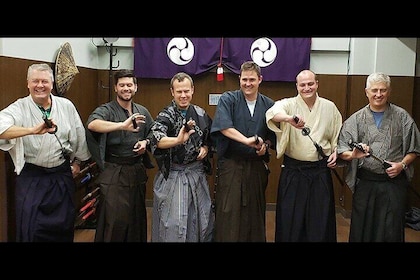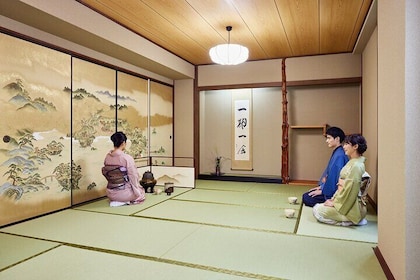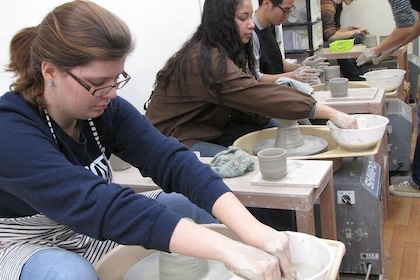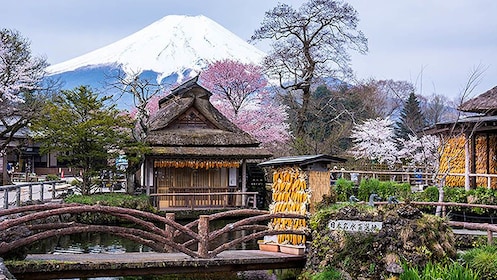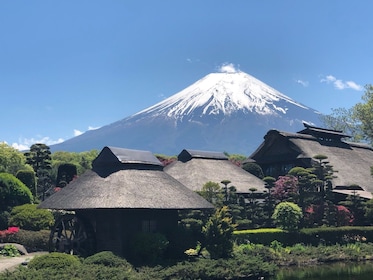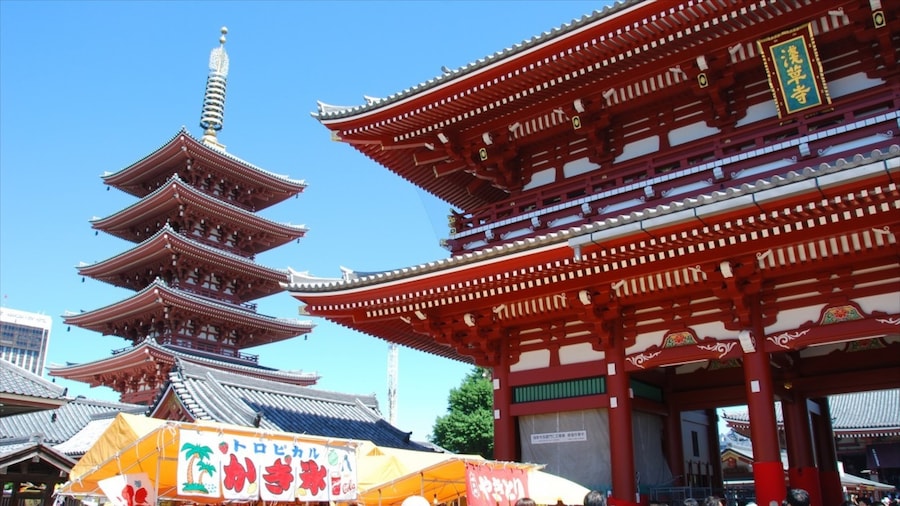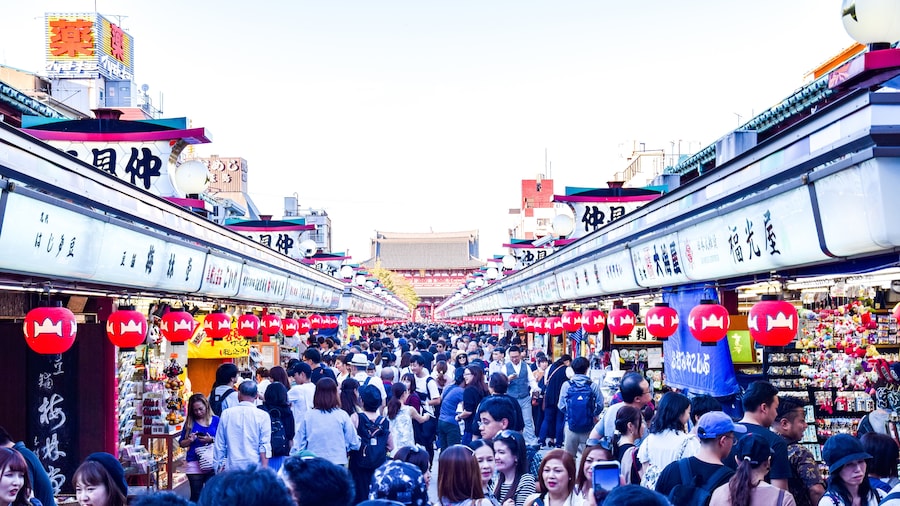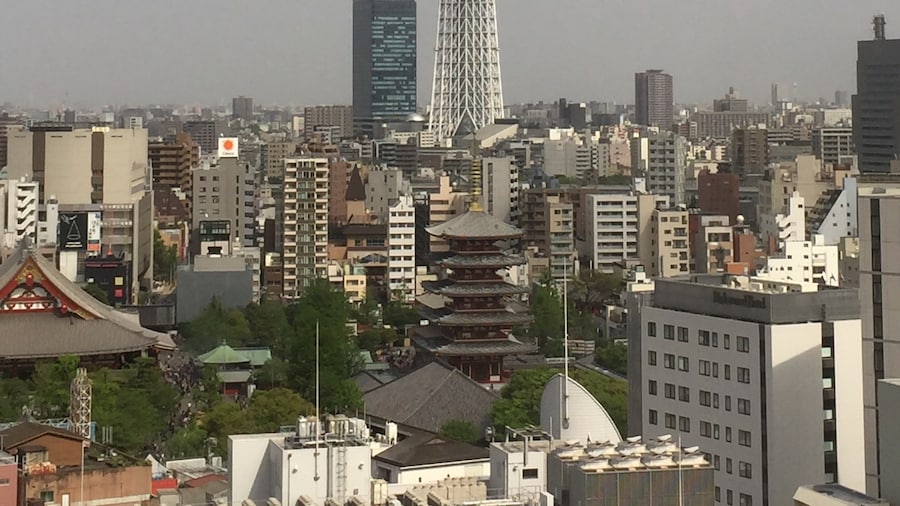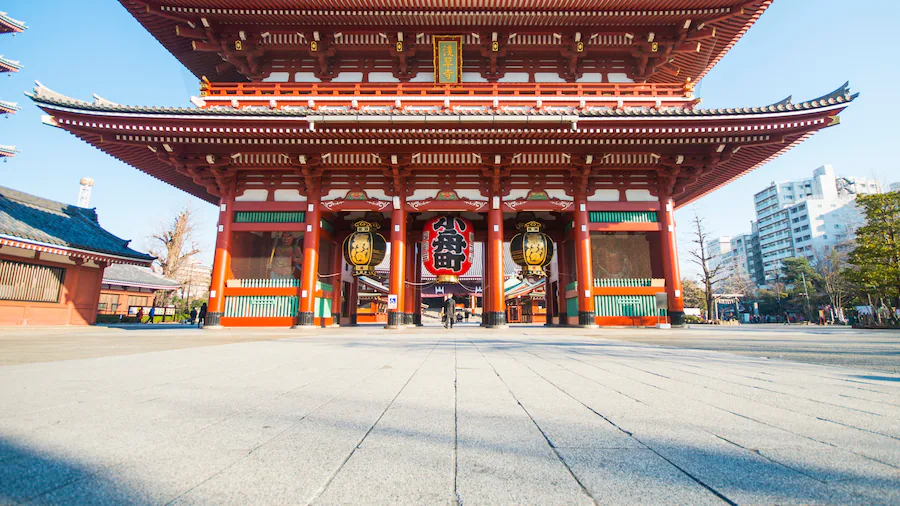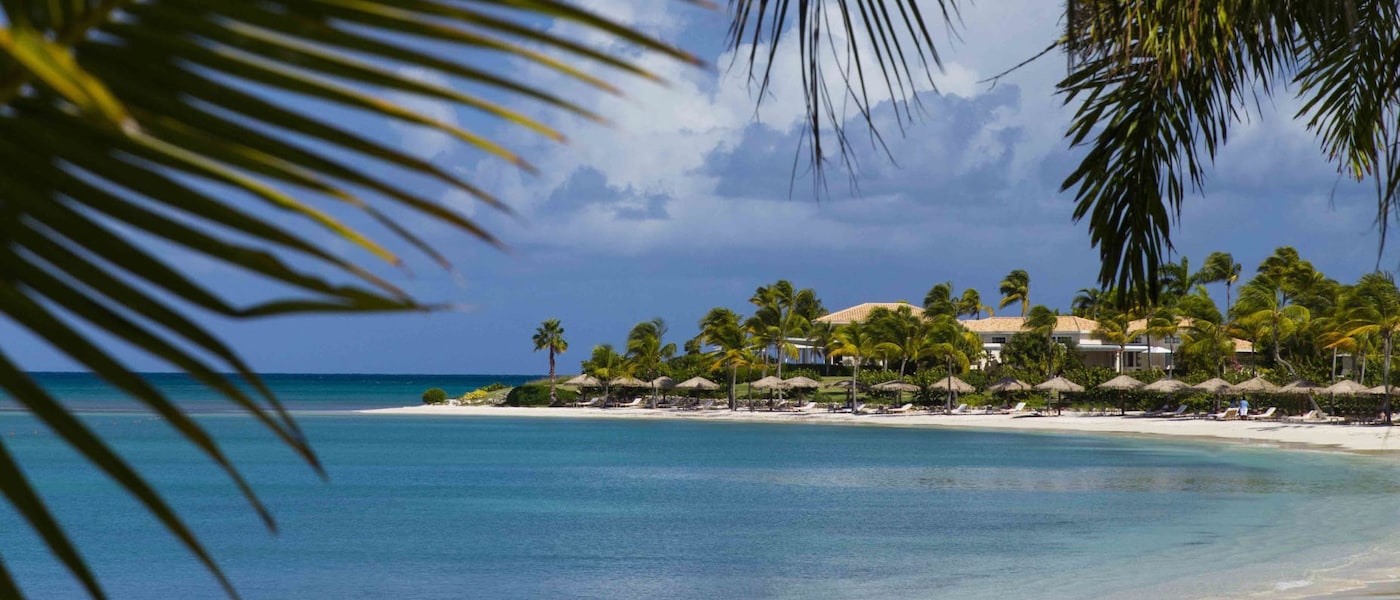Asakusa Shrine’s location, just behind the Buddhist temple, Sensō-ji, allows an insightful comparison between Japan’s two major religions of Shinto and Buddhism. Visit this historic shrine in May for one of Tokyo’s most important festivals, Sanja Matsuri, an elaborate 3-day festival.
Also known as “Sanja-sama” (Shrine of the Three Gods), Asakusa Shrine was built in 1649 to honor the three fishermen who founded Sensō-ji. The shrine was originally part of the temple, but was designated as a separate site over 100 years ago. Note that this is one of only a handful of historic buildings left standing after World War II. This shrine was named an “Important Cultural Property” by the Japanese government in 1951.
Look closely at the pair of half-lion, half-dog stone sculptures, called komainu, guarding the shrine’s entrance. These guardians are a common feature of Shinto shrines, with one statue always depicted with an open mouth and the other with a closed mouth. The one with the open mouth is said to be pronouncing “a,” the first letter of the Sanskrit alphabet, while the closed mouth statue is pronouncing the last letter, “um.” Together, these two sounds represent the beginning and the end of all things.
Although this shrine is one of the most famous in Tokyo, it’s actually overlooked by many tourists in favor of big, bold Sensō-ji. This makes Asakusa Shrine a more tranquil site by comparison. Take your time and appreciate its subtle features. Built in the gongen-zukuri architectural style, this simple shrine’s buildings have an H-shaped layout and feature numerous ornate carvings.
The shrine becomes a center of activity during Sanja Matsuri each May, drawing more than 1.5 million local and overseas tourists. During the festival, over 100 neighborhood portable shrines, or mikoshi, are brought to Asakusa Shrine to be blessed. Walk through the streets to see the portable shrines paraded around their respective neighborhoods, bringing good fortune and prosperity to the local residents.
Asakusa Shrine is open every day and admission is free. Walk here from Asakusa Station, a short distance away.



